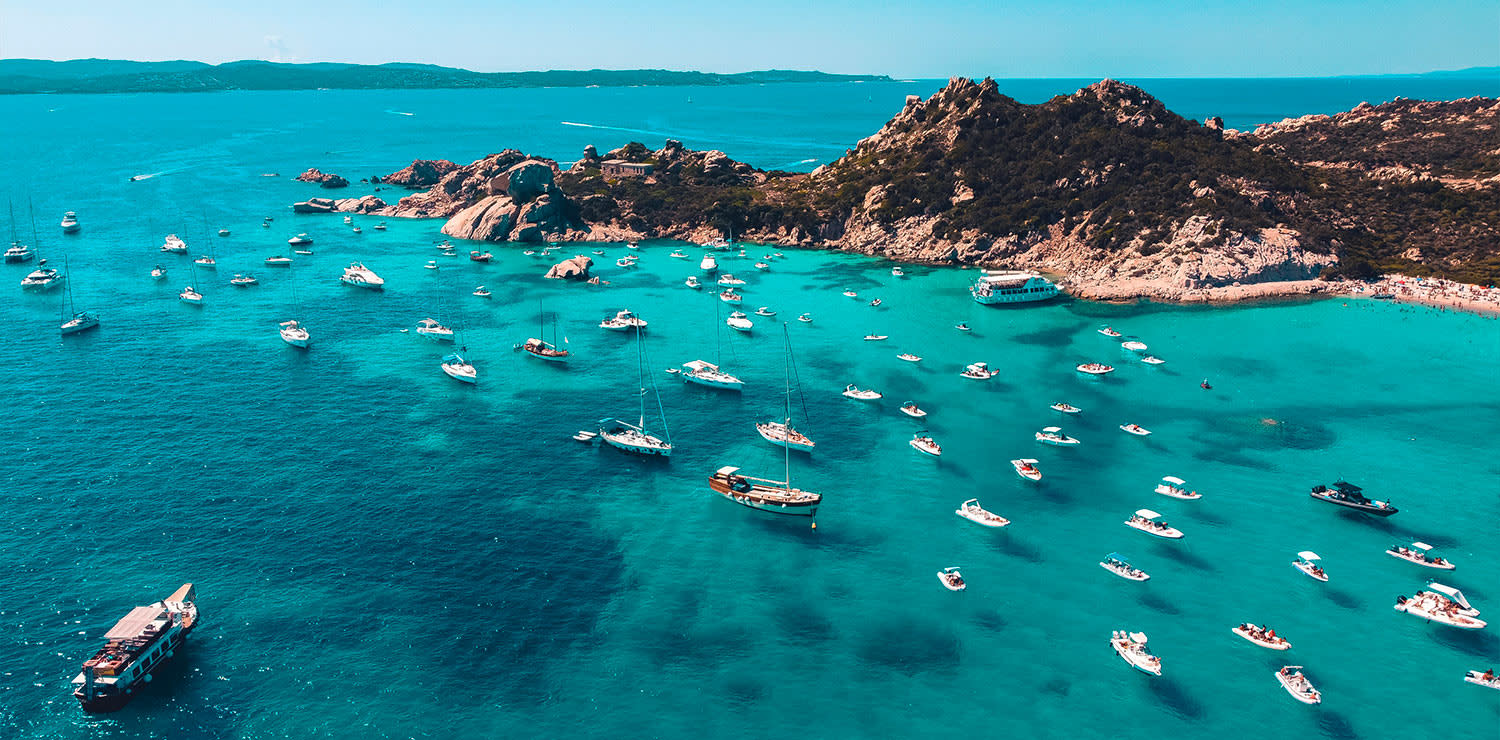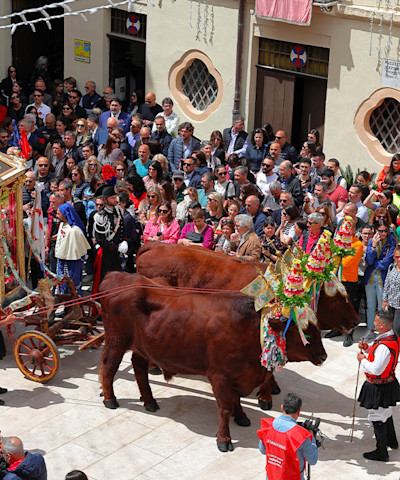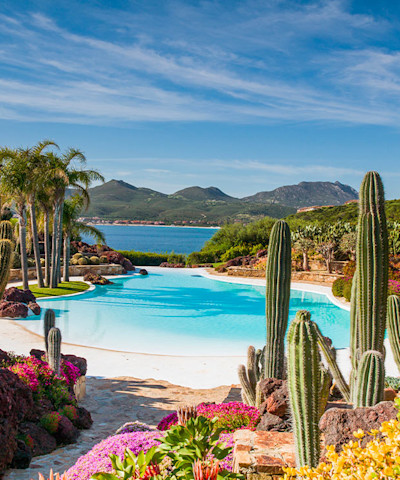History of Sardinia, Italy oldest land
A journey in the history of this unique island
Not many know that Sardinia is the oldest land in Italy and one of the oldest in the world. This island emerged from the waters no less than 500 million years ago, in the Cambrian period, although some geologists even assume that the beginning of its emersion dates back 600 million years.
The history of Sardinia, so ancient and fascinating, unfolds in a long series of civilisations, peoples and influences spanning thousands of years. From the Nuragic settlements to the conquests of the Phoenicians, Romans and Carthaginians, this island has been a fundamental docking point for those travelling in the Mediterranean since the birth of civilisation.
Let's set off together on a journey to discover the millenary history of this unique and fascinating territory.
From the first signs of man to the Copper Age
The first traces of the presence of man in Sardinia date back to the period between 600 and 300 thousand years ago, populations that migrated to the island during the great Paleolithic ice age. To witness the real development of civilisations, however, it is necessary to wait for the Neolithic period, between 6000 BC and 2700 BC.
The civilisations of the time lived mainly on animal farming, agriculture and hunting. In the following period, the Copper Age, handicraft activities also began to emerge, as evidenced by the artefacts found. The first dolmens, menhirs and megalithic circles date back to this period, funerary monuments that are part of the cult of the dead and that today form part of Sardinia's great archaeological heritage. (Find our article on the best sites to visit here)
Nuragic civilisation
Among the various civilisations that have inhabited Sardinia, one of the most famous and emblematic is the Nuragic civilisation, which developed between 1800 BC and the 3rd century AD.
The Nuragics are, without doubt, the population that left the most indelible mark on the island's history and they take their name from their typical constructions, the nuraghi, conical buildings built by stacking large megalithic stones on top of each other. Over the years, these structures have been the subject of study by many historians, who have determined that their use was religious, military and residential. They stood, very often, in correspondence with villages of huts and there are currently 7,000 of them across the island. Their height sometimes exceeded 20 or 30 metres and there were also necropolises in their vicinity, the so-called Tombs of the Giants.
The several thousand nuraghi still standing on the island are one of the most interesting attractions, as well as being one of the symbols of Sardinia, and are well worth a visit to immerse oneself in the history of this mysterious people.
Phoenician, Carthaginian and Roman Sardinia
The island's mineral resources and its strategic position in the centre of the Mediterranean made it a conquering ground for many peoples. The first to realise Sardinia's value were the Phoenicians, who in the 11th century B.C. began trading with the local populations. Over the centuries, these relations intensified and the Phoenicians founded settlements such as Torres, Sulcis and Olbia. In the 6th century B.C. this relationship came to an end and conflicts broke out between the Nuragics and the Phoenicians. The latter were supported by the Carthaginians, who conquered the island and remained there for centuries until their defeat at the hands of the Romans.
For the Romans, Sardinia represented a fundamental strategic outpost, where they decided to expand the cities built by the previous peoples, and also decided to promote new infrastructures in order to better exploit the raw materials on the island. The Romans ruled Sardinia until the 5th century B.C. but in 534 they were defeated by the Byzantines, who conquered the island but shortly afterwards stopped defending its coasts from Arab raids.
The Giudicati
In the period following Byzantine rule, Sardinia became independent and its territory was divided into four Giudicati, independent state entities. The four Giudicati: Calari, Torres-Logudoro, Gallura and Arborea, were democratic states in which decisions were taken by vote in a parliament, the Corona de Logu.
The Sardinian autonomy, however, did not last long and the strongly rising Maritime Republics of Genoa and Pisa gained control over some territories. Pisa obtained control over the giudicato of Gallura and Cagliari, while Genoa that of Torres. Finally, the island also became an area of interest for the papal curia, which, in order to settle the war between the Angioni and the Aragonese, decided to give it as a feud to the Aragonese, starting Spanish rule over Sardinia
Spanish rule and the Austrian incursion
Spanish rule over the island was characterised by a substantial lack of interest on the part of the Iberian Crown towards the Sardinian territories, which were left to their own devices amidst revolts, epidemics and famine, with the only positive aspect represented by the blossoming of Sardinian architecture and sacred art. In 1700, on the death of King Charles II, the War of the Spanish Succession began, which was taken advantage of by an Austrian expedition that laid siege to Cagliari and conquered Sardinia.
The Savoy period and the Unification of Italy
In 1717 Sardinia became a territory of the Dukes of Savoy, princes of Piedmont, thanks to the Treaty of London signed with the Habsburgs. The Savoy modernised the island, but economic and social conditions remained difficult. In 1861, with the Unification of Italy, the Kingdom of Sardinia became part of the Kingdom of Italy. Nevertheless, for much of the 19th and 20th centuries it remained an agricultural and poor region, with strong emigration to mainland Italy and abroad.









